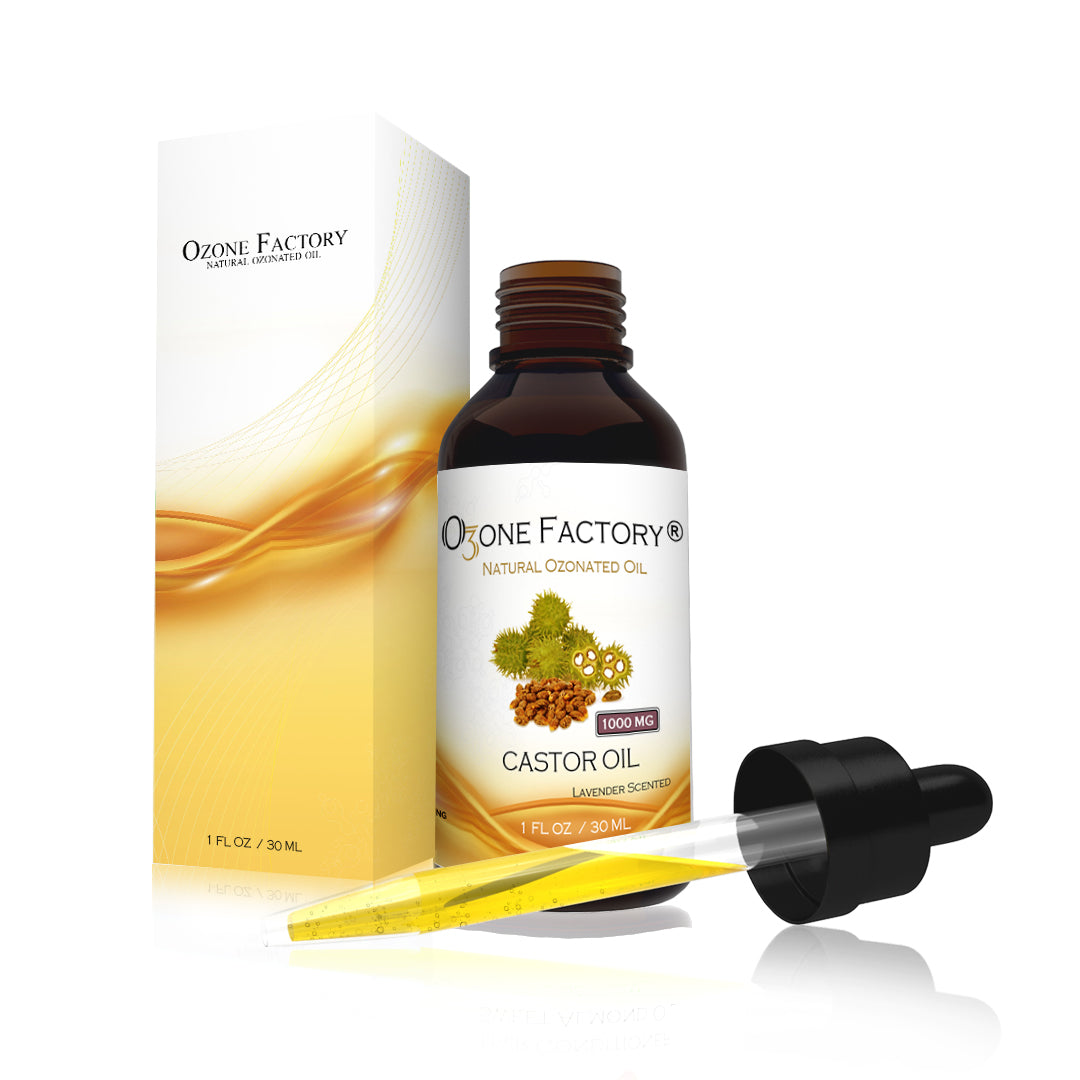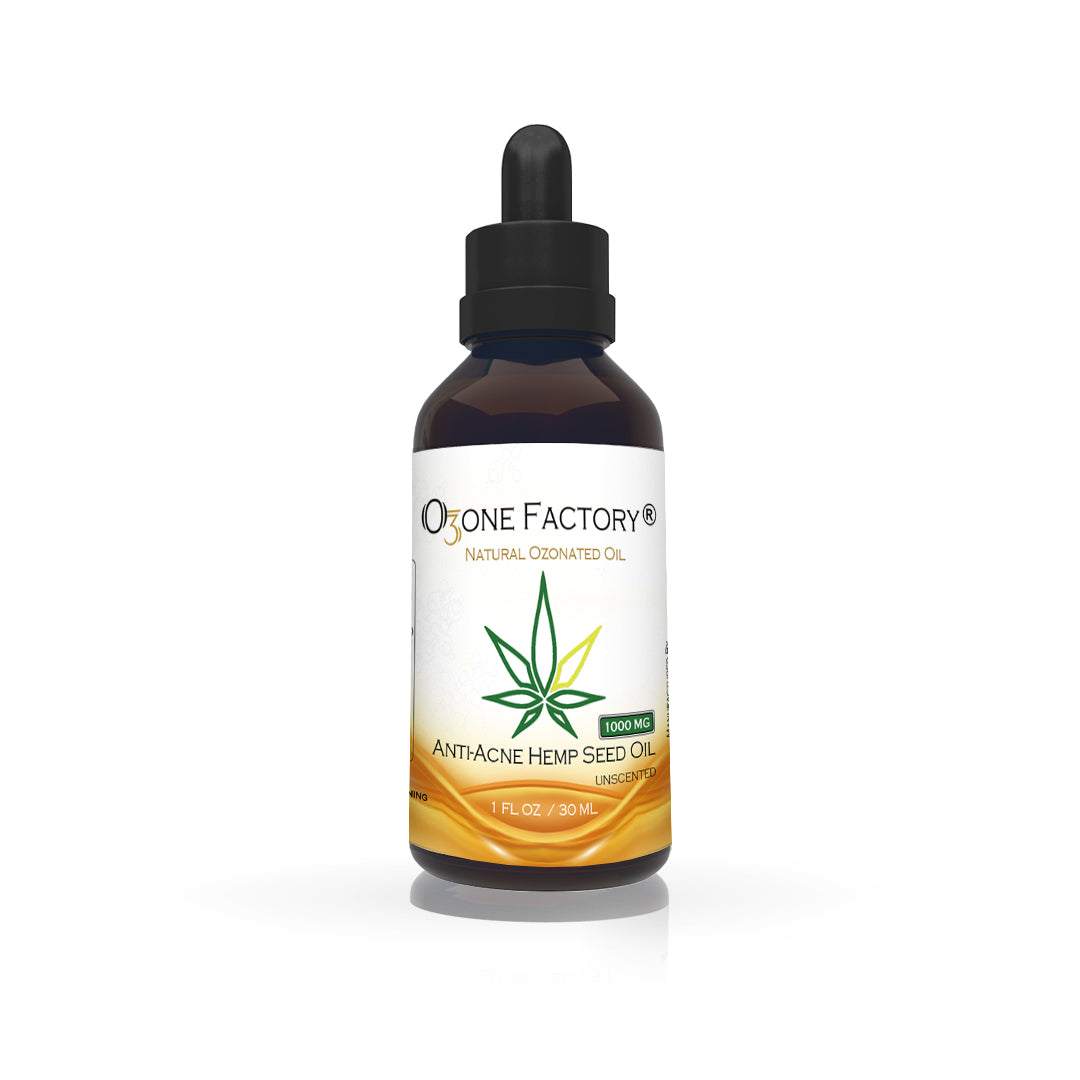
Innovative, effective and safe, ozone therapy is being used in veterinary medicine for everything from ear infections to cancer.
Ozone therapy might sound like something new, but it has been around for over a century, at least when it comes to human healthcare. More recently, however, it was also introduced to the veterinary world, where it’s being successfully used to help treat a range of conditions in dogs and cats. In this article, I’ll discuss what ozone therapy is, and how it works, and look at how it can be applied in companion animals.

Ozone therapy
This unique modality has been proven effective for treating viruses, fungi and bacteria, as well as inflammation and damaged tissues, and general health issues. Ozone therapy and hyperbaric treatments bring easily soluble oxygen to affected areas of the body – for example, you may have read about NFL players using these therapies to heal their injuries faster.

To create ozone, pure medical grade oxygen is flowed through a glass tube, where a low voltage electrical current is applied. (Ordinary air cannot be used because it’s 20% nitrogen.) This briefly splits the oxygen molecule (O2), creating O1 atoms. These atoms form triplets – O3 or ozone. Once in the body, O3 molecules break back down into O2 and O1, both of which offer a variety of healing effects. Ozone is very unstable and last about 30 minutes, so it must be made fresh every time; it cannot be stored and used later.
Ozone therapy is safe and acts in several ways:
- It decreases inflammation.
- It activates the immune system by stimulating cytokine production. Cytokines such as interleukin and interferons create positive immune stimulation.
- Ozone inactivates bacteria, fungi, viruses and yeast. Healthy cells are surrounded by an enzyme coating, which ozone does not penetrate. But bacteria and viruses have no such coating, thus the O1 molecule penetrates and kills the invaders. Consider chronic otitis (ear infections), which often have multiple bacteria, yeast and sometimes fungus — the efficacy of ozone therapy in these cases is amazing.

How is ozone administered?
There are multiple ways to use ozone in both humans and animals, making it easy to add to traditional therapies, or for use in acute or chronic cases. Here are just some examples:
- Intravenous fluids can be ozonated and run into the body intravenously. This method can be used for Lyme disease, septicemia, liver, kidney infections and more.
- Ozone may be percolated through olive oil and used in an incubator as an inhalant. This is great for upper and lower respiratory infections. (Ozone gas cannot be used directly for inhalation as it is extremely drying and irritating.)
- Ozone may be injected into the joints for infections or used in prolotherapy for tendons and ligaments.
- Ozonated olive oil (or other oils) can be used topically for wounds – and even for the eyes.
- Ozone may be used as a urinary insufflation for chronic urinary infections.
- It may be infused rectally for a variety of gastrointestinal issues, and for GI tumors!
- It can be injected directly into a tumor.
- Injecting ozone directly into the bloodstream as a gas is controversial, but I personally know physicians and veterinarians who do it. Ozone dissolves so quickly into O1 and O2 that no gas emboli are formed.

Ozonated olive oil greatly helps cats with severe stomatitis, and dogs with chronic periodontitis.
Ozone therapy in action
People often report that they see increased energy in their companion animals following an ozone therapy treatment. At my practice, we often make ozone water for clients to take home so they can soak their animals’ infected feet with it, and/or have their dogs or cats drink it. We routinely flush ears with ozonated saline, and I send the animal home with ozonated olive oil to be put in the ears as a follow-up. Ozonated olive oil also greatly helps cats with severe stomatitis, and dogs with chronic peridontitis. And ozone therapy is almost always used in my practice for cancer.

The downside of ozone therapy is that not many veterinarians offer it yet, nor is it “approved” by the FDA for medical use. Nevertheless, I have seen it help many animals that are severely ill and/or have been given no other hope, so hopefully this will change. Ozone therapy gives the veterinarian an opportunity to use something very natural and sustainable, that can reduce and possibly prevent the overuse of antibiotics and drugs. To search for a veterinarian trained in ozone therapy, visit the American Holistic Veterinary Medical Association website at ahvma.org.
Mark Newkirk, VMD
https://animalwellnessmagazine.com/ozone-therapy-dogs-cats/







This is another testimony on how Chief Dr Lucky cured my HIV disease. Do you need a cure for your HIV disease? Do you want to be cured from your cancer disease? Or you want to be free from any type of disease. Kindly visit https://chiefdrluckyherbaltherapy.wordpress.com/ . He just cured my HIV disease and I’m very grateful to him, he is the only herbalist that can cure you.
WhatsApp number : +2348132777335
Via Email : chiefdrlucky@gmail.com
Thank you all for reading,
God bless"
This is another testimony on how Chief Dr Lucky cured my HIV disease. Do you need a cure for your HIV disease? Do you want to be cured from your cancer disease? Or you want to be free from any type of disease. Kindly visit https://chiefdrluckyherbaltherapy.wordpress.com/ . He just cured my HIV disease and I’m very grateful to him, he is the only herbalist that can cure you.
WhatsApp number : +2348132777335
Via Email : chiefdrlucky@gmail.com
Thank you all for reading,
God bless"